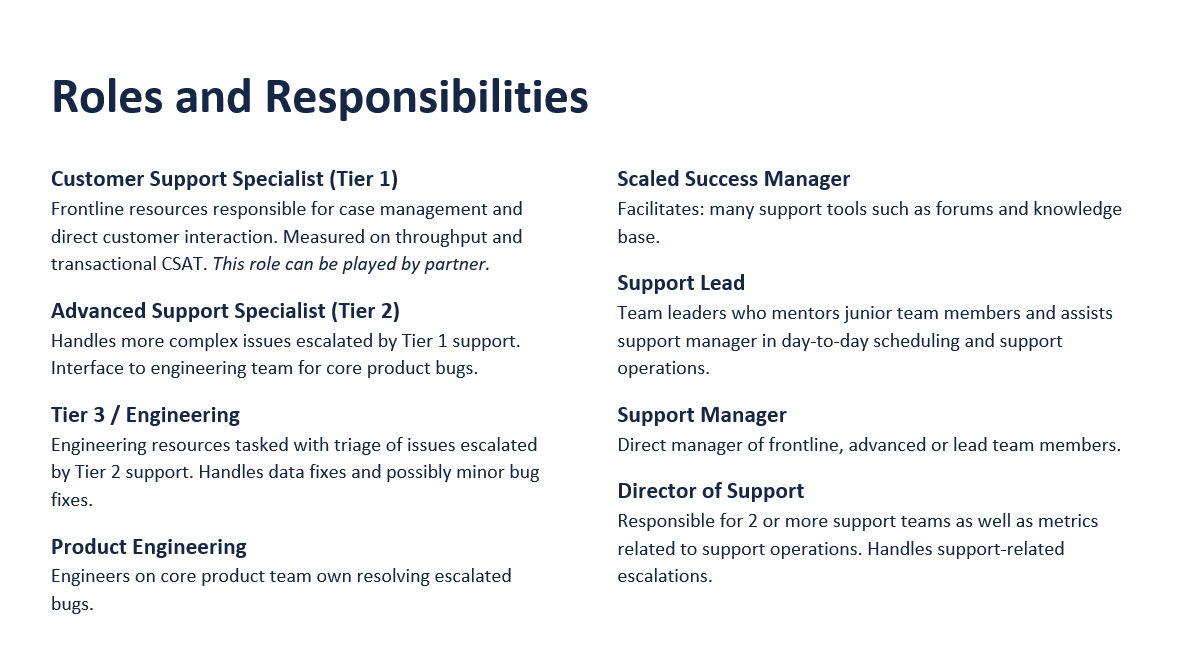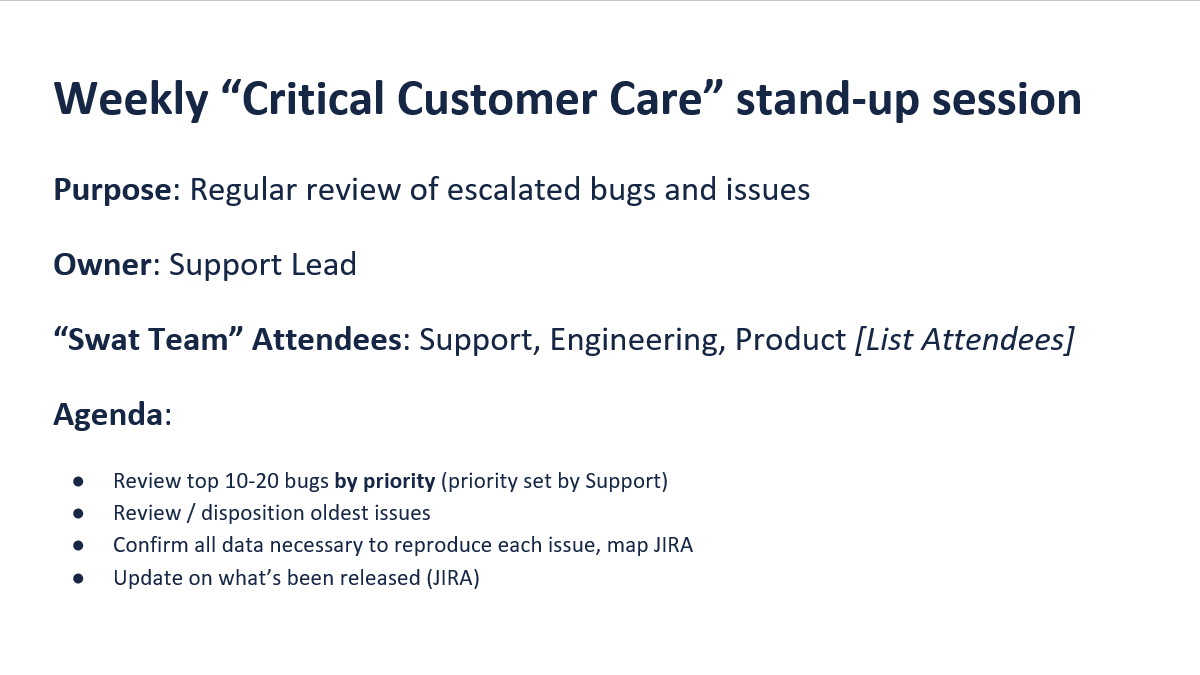Why Solid Support Isn’t Optional (and How Gaps Will Tank Your Retention)
Let’s be honest. Most SaaS leaders don’t think about support until something breaks.
If you want predictable growth, you can’t treat customer support like a fire extinguisher in a glass case. It’s not “break in case of emergency.” It is your frontline defense against churn, your customer intelligence engine, and the easiest win you will ever have in retention.
And here’s the kicker. If your support is not built for scale and consistency now, you will feel it later in two painful ways:
Retention rates that make investors nervous
Customer advocacy that dries up faster than your pipeline
Support is the First Promise You Keep
Your sales team makes big promises. Support is where those promises are kept or broken.
Every unresolved ticket, every delayed response, and every “we’ll get back to you” without follow-through chips away at customer trust.
In one industry assessment, a major risk flagged was a “one-size-fits-all” service delivery model with limited self-serve options. That’s not just an efficiency problem, it’s a customer confidence problem. If clients can’t get help the way they prefer, they start questioning whether they made the right choice in the first place.
Without Support Depth, Your Teams Burn Out
Here is a pattern I have seen again and again.
Tier 1 handles every possible inbound request, regardless of complexity.
Tier 2 and engineering get slammed with escalations that are not properly triaged.
Case backlogs balloon.
When your support organization does not have defined tiers, clear SLAs, and the right tools (think with knowledge base integration, AI-assisted triage, and regular bug review cadences), you create a bottleneck. That bottleneck does not just frustrate customers. It burns out your best people.
Burnout leads to turnover. Turnover leads to slower response times. Slower response times lead to churn. It is a vicious cycle.
HubSpot Service Desk as Your AI-Driven Support Hub
At Infinite Renewals, we’ve started recommending HubSpot Service Desk as a one-stop support solution for SaaS teams that need both scalability and intelligence in their customer service.
This isn’t just about ticket tracking. HubSpot’s integrated AI-powered routing automatically classifies and prioritizes incoming requests based on intent, sentiment, and urgency, meaning Tier 1 agents no longer waste time on issues that should go straight to Tier 2 or engineering.
The knowledge base integration serves answers instantly, pulling from curated articles, FAQs, and even prior resolved tickets. With AI-assisted content suggestions, your knowledge base actually gets smarter over time turning repetitive “how do I…” tickets into self-serve resolutions before they ever hit your queue.
Agent assist AI provides real-time recommendations during live chats or email replies, pulling context from CRM records, past interactions, and product usage data. That means your agents respond faster, with more accuracy, and with a deeper understanding of the customer’s history.
Some of the most powerful use cases we’ve seen in action:
Proactive support triggers: AI identifies a drop in product engagement and auto-creates a support task to check in before churn risk spikes.
Real-time escalation logic: Tickets involving high-value accounts or urgent SLAs get flagged and routed instantly, skipping manual triage.
Embedded analytics loop: Support trends feed back into product and success teams so recurring bugs get fixed, and don’t stay on the backlog forever.
Bottom line: HubSpot Service Desk collapses the messy sprawl of multiple tools into one AI-driven environment that not only solves customer problems faster but also turns every support interaction into a retention play.
Support Is Retention Insurance
Customer Success cannot save a customer who is already frustrated by unresolved issues. You cannot upsell an unhappy customer. If you are serious about retention, you need:
Proactive communication. Weekly or bi-weekly touchpoints for key accounts, not just “we will talk when there is a problem.”
Self-serve enablement. Forums, searchable knowledge bases, embedded guidance.
Clear escalation paths. Everyone knows when to hand off, who owns it, and how updates flow back to the customer.
In the Avolve assessment, support was tied directly to growth risk. Without scalable processes and role clarity, the company would struggle to hit its 20% year-over-year growth goal.
What “Good” Looks Like
Tiered roles with defined KPIs
Integrated systems where every interaction is tracked; no lost context
Regular joint reviews of top issues with product and engineering
A culture of enablement where support helps customers unlock value daily
If your support model is still “everyone does everything, and we will figure it out when the next big bug hits,” you are not just risking customer frustration. You are putting your retention numbers on the chopping block.
Bottom Line
Support is not a cost center. It is your retention engine. Treat it with the same strategic importance as sales and product. And if you’re ready to scale support without scaling chaos, it might be time to give HubSpot Service Desk a serious look.
Because the truth is, if your customers cannot get the help they need, they will not stay long enough to experience all the value you have built.




